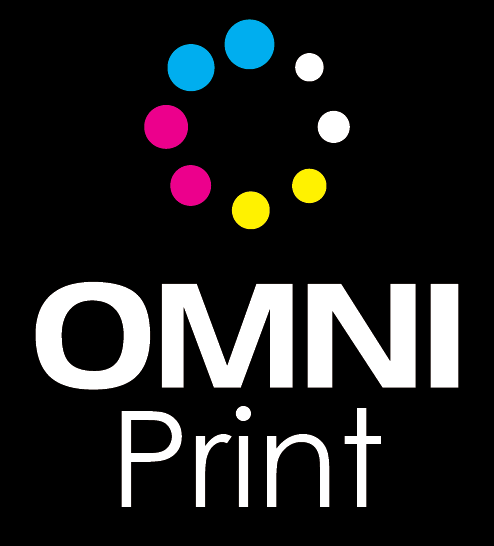
In the printing world, booklets and catalogs are widely used as marketing and informational tools. Though they may seem similar at first glance, the two have distinct differences, from their purpose and structure to their binding methods. Let’s explore the unique characteristics of booklets and catalogs, what they are commonly used for, and which types of businesses can benefit from each.
What is a Booklet?
A booklet is a small, multi-page printed document with more focused or concise content than a catalog. While there are custom sizes available, standard booklets are available in two sizes, 5.5″ x 8.5″ and 8.5″ x 5.5″, up to 72 pages. The content is often targeted and specific, providing information on a single subject, product, or service.
Uses of a Booklet
Booklets can be used for a variety of purposes across many industries, including:
- Instruction Manuals: Booklets are commonly used as instruction manuals for products, guiding users on how to assemble, install, or operate a product.
- Event Programs: For conferences, seminars, or weddings, booklets serve as a program guide, offering a breakdown of the event schedule, guest speakers, and other essential details.
- Educational Brochures: Educational institutions or companies may use booklets to provide course offerings, program outlines, or detailed research on a specific topic.
- Product/Service Introductions: Companies may use a booklet to introduce a new product or service, detailing its benefits, features, and specifications.
- Lookbooks: Fashion brands often use booklets as lookbooks to showcase a specific collection, with a smaller number of products or curated styles compared to catalogs.
- Corporate Overviews: Businesses can use booklets to present their company story, history, mission, and key services as part of a sales presentation or brand-building effort.
Binding Options for Booklets
There are a few common binding options for booklets:
- Saddle Stitching: The most popular and cost-effective method, saddle stitching involves folding the pages and stapling them along the spine.

What is a Catalog?
A catalog is a more comprehensive printed piece that is designed to showcase a wide range of products or services. Catalogs are often much larger in scope than booklets, with the number of pages ranging from 32 to several hundred. They are highly visual and include extensive product descriptions, prices, images, and ordering information.
Uses of a Catalog
Catalogs are an essential marketing tool for businesses that sell a variety of products. Some common uses include:
- Retail Product Catalogs: Retailers, both large and small, use catalogs to showcase their full range of products, from fashion apparel to home goods, electronics, or beauty products. Customers can browse the catalog to get a comprehensive view of what’s available for purchase.
- Wholesale Catalogs: For businesses that sell to other businesses (B2B), wholesale catalogs are a crucial tool. These catalogs feature bulk pricing, product specifications, and ordering processes for wholesale customers.
- Furniture and Home Décor: Furniture and home décor brands often use catalogs to present large collections of items with detailed descriptions and vivid images. The catalog serves as a complete guide to the product lines offered.
- Automotive and Equipment Parts: Companies that sell auto parts, heavy machinery, or industrial equipment often use catalogs to organize a wide variety of components, complete with technical specifications, diagrams, and pricing.
- Seasonal and Holiday Catalogs: Many companies produce seasonal or holiday catalogs to showcase special collections, limited-time offerings, or themed products.
- Travel and Tourism Brochures: Travel agencies and tourism boards use catalogs to display a variety of vacation packages, destinations, and accommodations, providing detailed descriptions, pricing, and itineraries.
Binding Options for Catalogs
Catalogs typically require more robust binding options due to the larger number of pages. Common binding methods include:
- Perfect Binding: Catalogs often use perfect binding, where the pages are glued into a spine, creating a clean, professional look. This is ideal for catalogs with a high page count and provides durability for long-term use.

- Spiral Binding: Another option for catalogs is spiral binding, where a coil or wire holds the pages together. This method allows the catalog to lay flat when opened, which is especially useful for catalogs that need to be referenced frequently, such as automotive parts or industrial equipment catalogs.

- Saddle Stitching: The most popular and cost-effective method, saddle stitching involves folding the pages and stapling them along the spine.

Key Differences Between Booklets and Catalogs
- Content Scope: One of the most noticeable differences between booklets and catalogs is the amount of content. Booklets are smaller, more focused publications, while catalogs are large, detailed guides that cover a wide range of products or services.
- Purpose: Booklets are often used for educational or informational purposes, focusing on a specific product, service, or event. Catalogs are primarily designed for product presentation and selling, showcasing many items in one place.
- Size: Catalogs are generally larger and have more pages than booklets. Catalogs can range from 32 to several hundred pages, while booklets typically up to 72 pages.
- Binding Options: The binding methods for catalogs tend to be more robust (perfect binding or spiral binding) due to their larger size. Booklets often use saddle stitching or perfect binding for their smaller, more concise format.
Booklets and catalogs each serve different purposes in the world of printing. Understanding their unique characteristics can help businesses choose the right format for their needs, whether they aim to inform, educate, or sell.
Our team at OMNI Print is here to help. We offer a range of high-quality printing services and are dedicated to making your vision come to life. Contact us today to get started on your next project!
